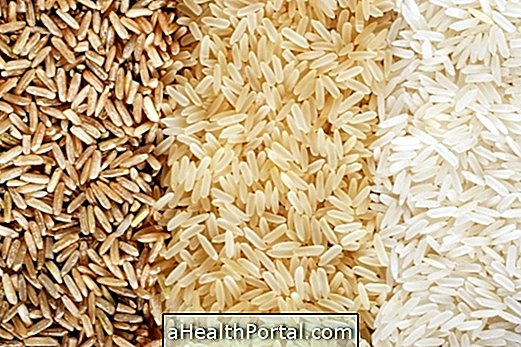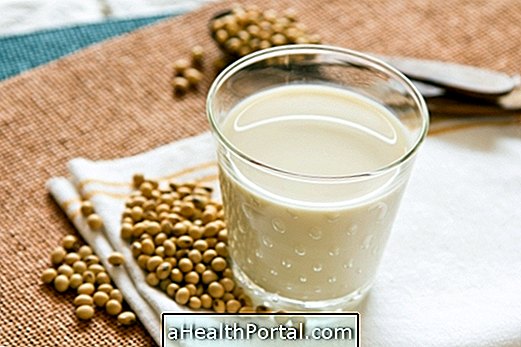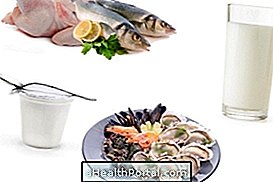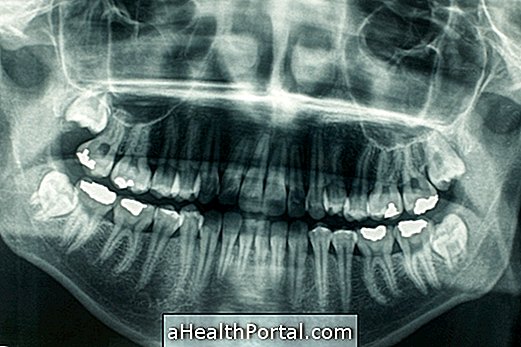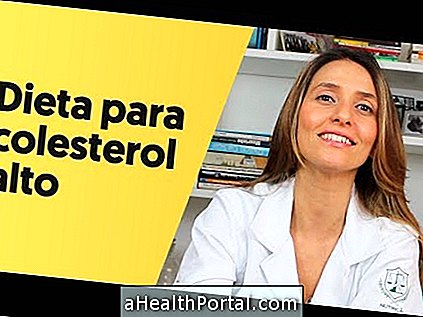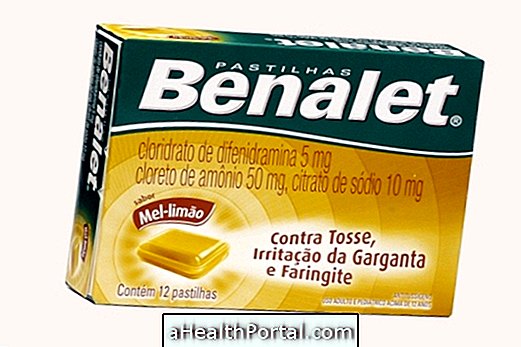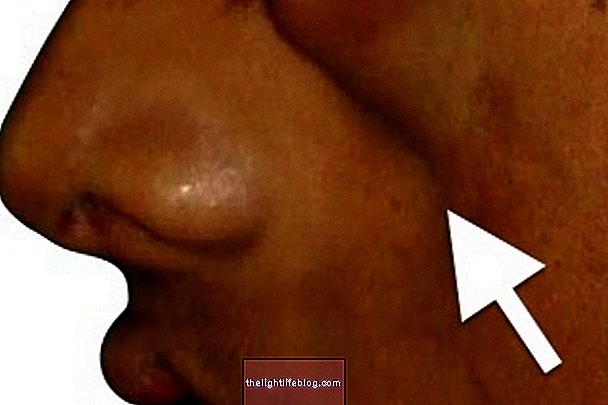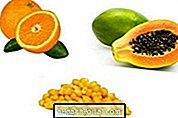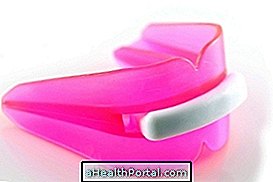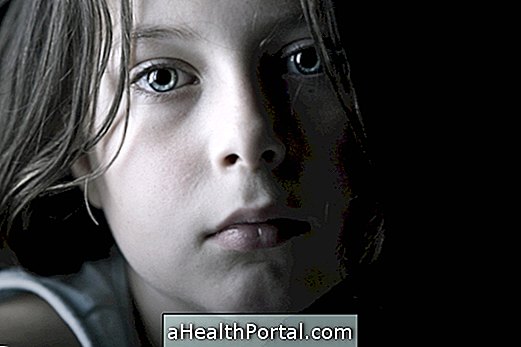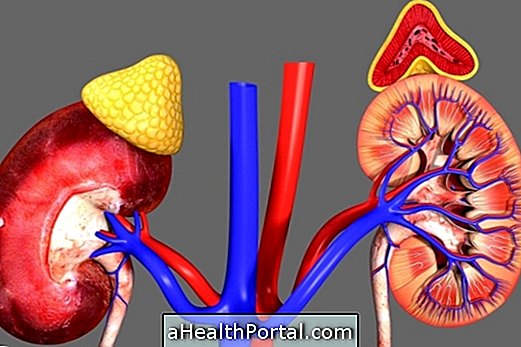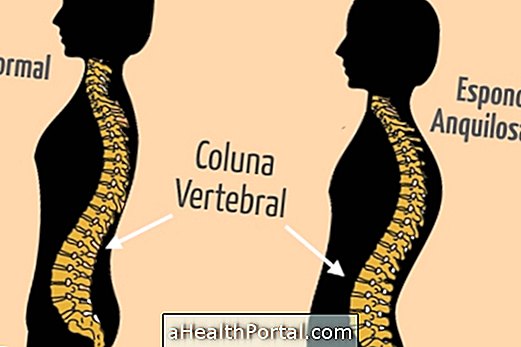The food for cystic fibrosis should be rich in calories, proteins and fats, to ensure good growth and development of the child. In addition, it is also common to use digestive enzyme supplements, which facilitate digestion and save the pancreas.
Cystic fibrosis is a genetic disease that is detected by the test of the foot, having as main characteristic the production of a mucus thicker by the glands of the body, that can obstruct regions like lungs and pancreas, causing respiratory and digestive problems.
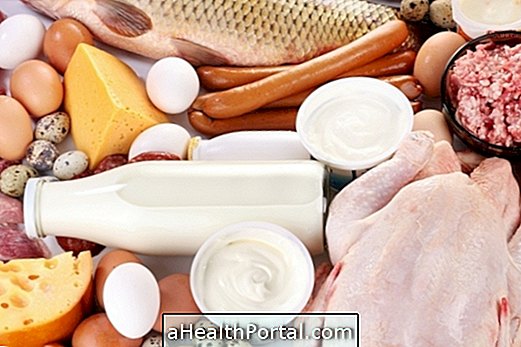
What to eat
The diet for cystic fibrosis should be rich in calories, proteins and carbohydrates, to favor weight gain. In addition, it should also contain good amounts of anti-inflammatory nutrients, as shown below:
Proteins: meats, chicken, fish, eggs and cheeses. These foods should be included in at least 4 meals a day;
- Carbohydrates: whole wheat bread, rice, pasta, oats, potatoes, sweet potatoes, tapioca and couscous are examples of pasta that can be used;
- Meats : prefer white meats and low fat, to facilitate digestion;
- Fats: coconut oil, olive oil, butter;
- Oilseeds: nuts, peanuts, walnuts and almonds. These foods are sources of good fats and nutrients like zinc, magnesium, and B vitamins that improve immunity;
- Fruits and vegetables in general, as they are rich in nutrients like vitamin C, vitamin E, isoflavones and other anti-inflammatory phytochemicals, which help in the functioning of the pancreas and lung;
- Omega-3, which is an anti-inflammatory fat, can be found in foods such as sardines, salmon, tuna, nuts, chia, flaxseed and olive oil.
Children and adults with cystic fibrosis should follow up with the nutritionist to have a follow-up of growth and body weight, adjusting the diet according to the results achieved.
What to avoid

Foods that should be avoided in cystic fibrosis are those that irritate the bowel and increase inflammation in the body, such as:
- Processed meats such as sausage, sausage, ham, mortadella, salami, turkey breast;
- White flour: biscuits, cakes, savory, white breads, pasta;
- Sugar and sweets in general;
- Frying and vegetable oils, such as soybean, corn and canola oil;
- Ready-made frozen food, such as lasagne, pizzas, hiding places;
- Sugary drinks : soft drinks, industrialized juices, shakes;
- Alcoholic beverages .
Increased inflammation in the body and intestines impairs the immune system and promotes respiratory infections, which is one of the most common problems in cystic fibrosis.
Supplements that can be used

As poor digestion and malabsorption of nutrients is common in cystic fibrosis due to malfunctioning of the pancreas, it may often be necessary to use supplements with digestive enzymes, known as lipases, which should be adjusted according to age and volume of the meal consumed. Enzymes will help in the digestion of food and allow better absorption, bringing more calories and nutrients to the body.
However, the use of digestive enzymes does not guarantee the total absorption of food, and it may also be necessary to use carbohydrate-rich supplements or powdered proteins, which can be added to juices, vitamins, porridge and homemade cakes and pies recipes. To reduce inflammation, the use of omega-3s in capsules can also be quite helpful.
In addition, supplements of the fat-soluble vitamins, which are vitamins A, E, D and K, may also be required, which should be taken according to your doctor's or dietitian's advice.
Recommended amount of enzymes
The recommended amount of enzymes varies according to the age and weight of the patient and the size of the meal to be consumed. According to SAS Ordinance No. 224, 2010, 500 to 1, 000 U of lipase / kg per main meal is recommended, and the dose may be increased if the patient continues with signs of fat in the stool. On the other hand, doses of less than 500U should be given in snacks, which are smaller meals.
The maximum daily dose should not exceed 2, 500 U / kg / meal or 10, 000 U / kg / day of lipase, and its intake should be made just before the start of the meal. In addition, it is important to remember that some foods do not require the use of enzymes when consumed alone, such as honey, jellies, fruits, fruit juices and vegetables, except avocado, coconut, potato, beans and peas . Here's how to recognize changes in poop.
Cystic Fibrosis Menu
The following table provides an example of a 3-day menu to aid in the treatment of cystic fibrosis:
| Meal | Day 1 | Day 2 | Day 3 |
| Breakfast | 1 glass of whole milk with 1 tablespoon of plain cocoa + 2 slices of whole wheat bread with 1 slices of cheese | 1 glass of avocado vitamin with honey + 2 slices toasted bread with butter | 1 natural yogurt with honey and granola + 1 tapioca with 2 fried eggs |
| Morning snack | mix of apricots and prunes + 10 cashew nuts | 1 banana mashed with 1 cabbage of oats + 1 tablespoon of peanut paste | 1 apple + 3 squares of bitter chocolate |
| Lunch dinner | pasta with garlic and oil + 3 meatballs in tomato sauce + raw salad with olive oil | 5 tablespoons rice + 3 cabbage beans + meat stroganoff + steamed salad in olive oil | mashed potatoes + steamed salad + chicken in cheese sauce |
| Afternoon snack | 1 cup of coffee with milk + 1 tapioca with coconut | 1 natural yogurt whipped with banana and honey + 10 cashew nuts | 1 glass of juice + egg and cheese sandwich |
In cystic fibrosis, medical and nutritional monitoring is essential to keep up with the child's growth and to properly prescribe the quantity and types of supplements and remedies. See how the complete treatment is done here.

